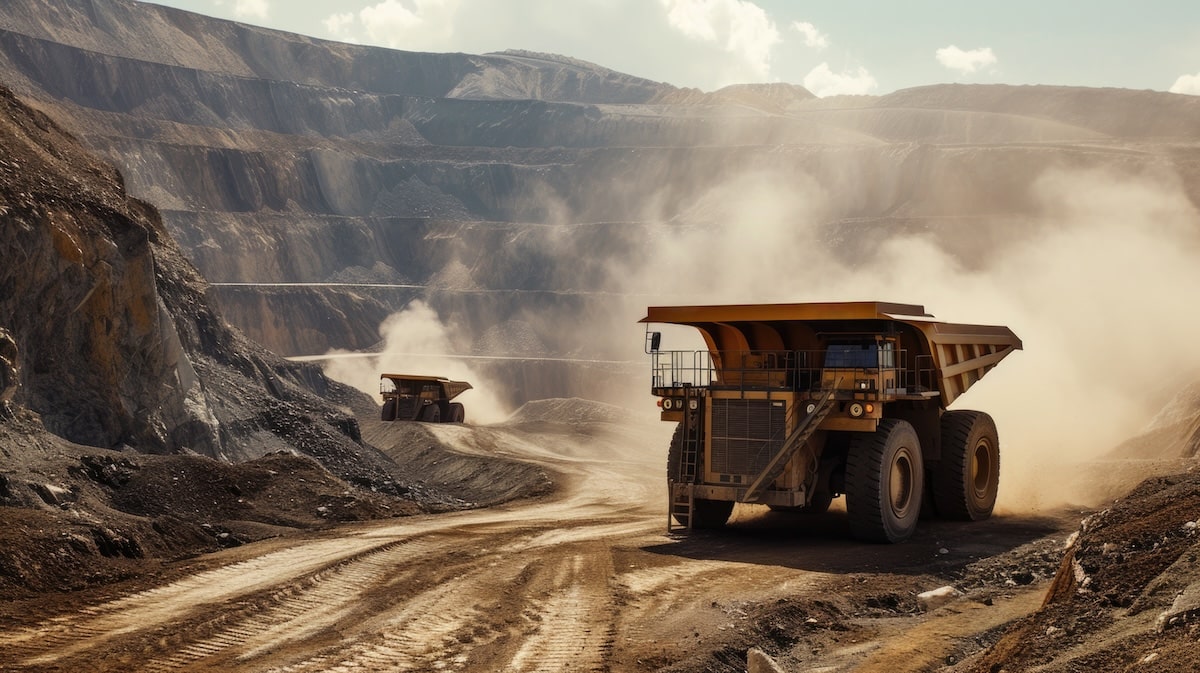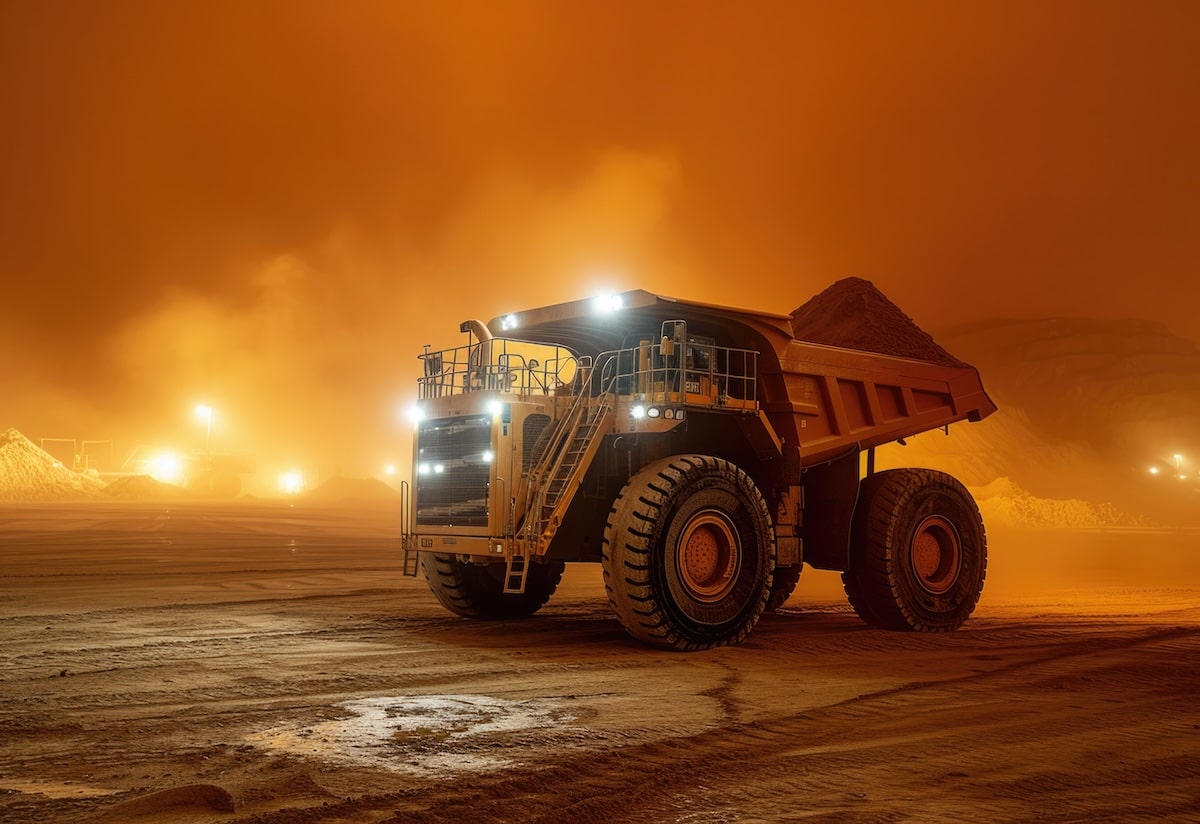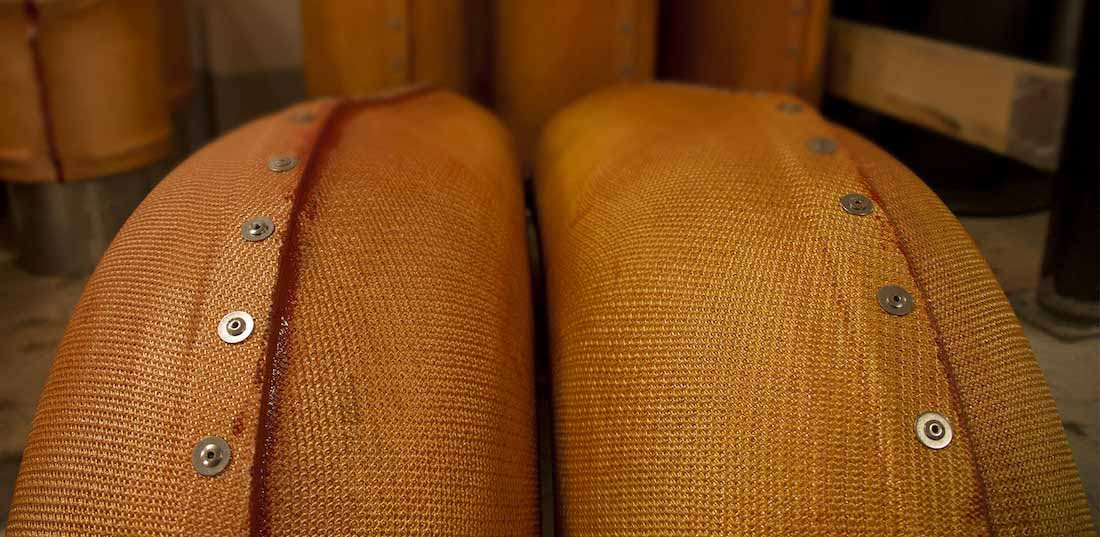Background
As we’ve mentioned in previous blog posts, we manufacture a far-ranging variety of components here at DBA Silencing. We make everything from custom mufflers for fishing vessels to roof-mounted exhaust systems for engine testing facilities. Everything from mining truck ladders to OEM coolant components for Liebherr Mining Equipment. Everything from air intake systems to wheel motor covers. DBA is best known, however, for exhaust parts and exhaust systems.
Our exhaust parts and our exhaust systems are held in high regard throughout the mining industry and some of our largest customers have been equipping their mining trucks with DBA products for decades. These companies continue to employ DBA components for a variety of reasons. Extended life span is certainly one of those reasons. Ease of use and cost effectiveness are also important contributors. But perhaps the most important element in this equation is safety.
When DBA first started up, mining truck fires were far more common than they are today. Mining truck fires, as we detailed in our article about Mining Haul Truck Safety, are to be avoided at all costs. Not only can they result in the injury or death of mine site personnel, but they unleash a cascade of negative consequences: reduction in revenue, increases in insurance premiums, negative publicity, and more. For many mine sites, DBA’s exhaust parts and exhaust systems were a game-changer when they were first introduced.
Our unique heat management technology helps prevent truck fires by dramatically lowering the surface temperatures of exhaust components. It’s probably safe to say that the use of DBA exhaust systems has prevented hundreds, if not thousands, of truck fires in the field.
Modern mining trucks, however, are much less likely to go up in flames than their predecessors. Does it still make sense to utilize DBA exhaust parts and exhaust systems now that mining truck conflagrations are not as frequent as they once were? In today’s piece, we’ll explore this question by first examining recent strides in fire suppression and then considering whether DBA exhaust parts and exhaust systems remain worthwhile.
Advances In Fire Prevention
When it comes to mining trucks, there have been a number of fire safety breakthroughs in recent years. One of the most notable improvements is the integration of advanced fire detection systems that use a combination of heat, flame, and smoke sensors. These systems now include multi-sensor networks that are capable of distinguishing between actual blaze threats and false alarms caused by dust, vibration, or heat from normal operations. This more sophisticated detection capacity allows these systems to help initiate suppression sequences more quickly, thus reducing damage and improving safety outcomes.
Automated fire suppression systems have also seen significant innovation. Traditional dry chemical systems are increasingly being supplemented, or outright replaced, by dual-agent suppression systems. These new systems combine dry chemicals for fast knockdown with foam or liquid agents to cool hot surfaces and prevent re-ignition.
In addition, thermal imaging and remote monitoring are now being used to provide continuous insight into the condition of high-risk components. Thermal cameras installed in engine compartments or near hydraulic systems monitor for heat spikes that could indicate component failure or fluid leaks. These cameras feed real-time data into centralized monitoring systems, allowing maintenance teams to respond to abnormal conditions before they result in an inferno.
Predictive maintenance tools also represent a substantial step forward in fire prevention. Using data from IoT sensors, mining companies can track temperature trends, pressure changes, and fluid levels across critical systems. This allows for proactive servicing of components like hoses, seals, and bearings that might otherwise rupture or fail, causing flammable fluids to leak. By addressing wear and tear before it escalates into a fire hazard, these systems reduce risk and minimize fleet downtime.
There have been encouraging developments as well in component design and layout. Modern mining trucks now incorporate fire-resistant materials and improved engine compartment sealing to reduce the risk of combustible material buildup. Manufacturers are also relocating sensitive components and separating hot zones from fluid lines wherever possible. This spatial restructuring complements the tech-based fire suppression efforts, creating a comprehensive fire mitigation strategy.
Finally, staff training and interface design have levelled up. Digital dashboards now alert operators to fire hazards or system failures in real time, and simulation-based training programs help ensure that drivers will respond promptly and appropriately to fire emergencies. These changes reduce the risk that truck personnel will be the weak links in a mine site’s fire prevention protocols.
Why DBA Exhaust Systems Remain Essential
It’s little wonder, given all the progress outlined in the previous section, that mining truck fires are not the regular occurrence they once were. But does it still make sense, given all the headway described, to outfit mining truck fleets with DBA exhaust parts and exhaust systems? We’re certainly not objective, of course, but we believe that DBA exhaust components remain the best option available. There are five reasons for this.
1. Functionality
Although it’s now less likely that an operating fluid like oil will drip or spray onto an exhaust part and start a full-on truck fire, it remains valuable to maintain reduced surface temperatures for exhaust parts and exhaust systems. DBA exhaust parts are encased in rigid composite shells and the temperature of these shells remains low enough that truck operators won’t burn themselves if they inadvertently come into contact with exhaust components. Similarly, truck mechanics performing maintenance or repairs don’t have to wait several hours for DBA’s shelled exhaust parts and exhaust systems to cool before they can handle them.
2. Durability
One of the other ways to reduce the surface temperature of an exhaust part is to swaddle it in a thermal blanket. While these blankets can be useful tools in certain situations, DBA’s composite exhaust shells are undoubtedly the superior option from a longevity perspective.
3. Ease Of Use
A lot of exhaust systems are weighty arrays of larger components. This is particularly true if the units are double-walled {double-walling is one of the other methods that exhaust part manufacturers employ to keep surface temperatures down}. DBA exhaust systems are designed to be lighter and more segmented. This makes them much easier to install or swap out, and the same can be said for individual DBA exhaust parts.
4. Pricing
Simply put, DBA’s aftermarket exhaust parts and exhaust systems are a bargain. You can purchase them for far less than their OEM equivalents, and they last just as long {if not longer} and perform just as well {if not better}.
5. Effectiveness
While mining trucks that have just rumbled off the assembly line may feature all the latest bells and whistles, there are still thousands of older-model trucks in service around the world. These vehicles aren’t necessarily protected by the cutting-edge systems described above and so, for these trucks, mining truck fires still remain a key concern. Choosing DBA exhaust parts and exhaust systems remains as important as ever.
Wrap Up
When DBA’s composite shell technology first came on the market, decades back, it was immediately and eagerly embraced by mining companies losing a lot of trucks to fires. These firms rightly viewed DBA’s shelled exhaust parts as lifesavers. But do DBA exhaust parts and exhaust systems remain the smart choice in a world where mobile assets go up in flames a lot less regularly? Our answer to this query – based on the reasons listed above – is an emphatic “yes”! We hope you’ll agree with our assessment. If you’re interested in learning more about DBA’s proprietary composite shell technology, or you’d like a quote on an exhaust system, we can be reached at 1-800-661-5886 or [email protected].


